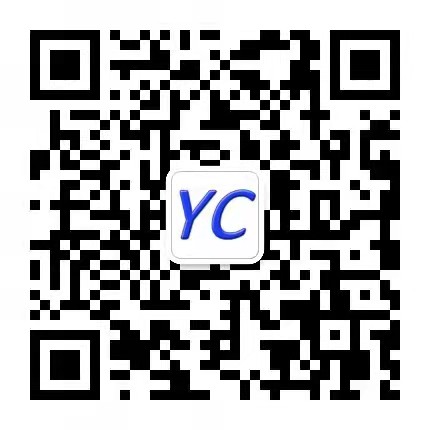Categories
Latest Updates
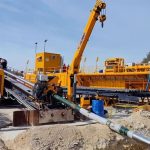
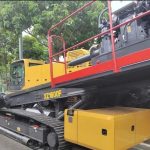
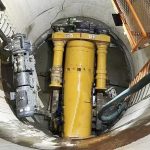
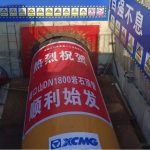
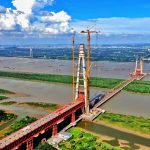
This standard specifies the general requirements for horizontal directional drilling operations, operating conditions, safety preparation before operation, and safe operation during and after operation. This standard is suitable for GT series horizontal directional drilling rigs.
1.1 The operator should be specially trained to familiarize with and master the performance, construction, use and maintenance methods of the horizontal directional drilling rig and associated equipment.
1.2 During the construction process, operators should wear insulated shoes and wear safety equipment such as safety helmets and insulating gloves. The positioning detection operator should wear a warning suit.
1.3 The size of the back-drilling hole smuggling is 1.2—1.5 times the diameter of the pipe to be piped. According to the soil condition, a suitable drilling fluid should be prepared.
1.4 A fence should be placed around the horizontal directional drilling machine. When the horizontal directional drilling rig is in use, when an emergency situation occurs, emergency treatment should be carried out in accordance with the relevant provisions of the operating procedures.
1.5 For projects crossing railways and highways, the relevant competent authorities should be contacted before construction. The construction of the vehicles should be considered and warning signs should be set up.
1.6 When the drill pipe is disassembled, the threaded oil should be applied to the threaded part of the drill pipe. After completion, maintenance should be carried out in accordance with the maintenance manual.
2.1 There must be enough working space at both ends of the pipeline to be laid. When the ground pressure is less than the ground pressure, measures should be taken.
2.2 When working in foundation pits or cofferdams, the foundation pits or cofferdams should be supported and equipped with adequate drainage.
2.3 There should be adequate lighting at night construction.
3.1 It is necessary to survey various underground pipelines and facilities within the range of at least 100m outside the length of the pipeline in the horizontal direction of the laying pipeline and at least 300m on both sides of the vertical pipeline, such as sewage pipes, water pipes, high-voltage cables, communication cables, optical cables, and gas. Pipeline and civil air defense projects. The data of these underground pipelines and facilities can be confirmed on-site with the pipeline unit according to the archives of the relevant departments and the original signs on the site, and further verified and verified by the instrument. If necessary, the excavation verification should be performed on the part. Mark the location and orientation of all underground pipelines and facilities on the construction profile and plan, and mark them on the ground.
3.2 The geological data should be consulted to understand the types of stratum soil. The soil layer’s interstitiality, water content, water permeability, groundwater level, bedrock depth, sand and gravel are measured, and the survey results are marked on the construction section. When crossing a river, you need to understand the topography and shape of the river, the urgency of the water flow, and the shape of the bottom of the river bed.
3.3 When designing the guide hole, the utility should be avoided, and the safety distance to the original pipeline and the minimum bending radius of the drill pipe during the construction of the drill guide hole and the back-drill hole should be fully considered to ensure the safety of the construction.
3.4 Check the hydraulic system according to the instructions in the instruction manual. The hydraulic hose should not be damaged. Check if the wire ends of the electrical circuit are loose and the electrical components are damaged. Check if the various registration forms are displayed properly. Check if the emergency stop switch is working properly. Check if the transfer case is rotating normally.
4.1 No one should touch the drill pipe while the drill pipe is rotating. When the propulsion or rotational pressure is abrupt during the drilling process, the analysis should be stopped immediately and the cause identified. When there is no signal, the signal is unchanged, the signal is abrupt, the water and gas are not smooth, etc., the analysis should be stopped immediately and the cause should be identified.
4.2 Generally, the bit positioning is measured once every 1 meter distance.
4.3 When the drill is required, it should swing symmetrically at a small angle. When the drill pipe is loose during the propulsion process, it should be rotated several times before continuing to swing. When the drill bit is close to the discharge pipe, it should be slowly propelled and gradually reduce the displacement of water and gas.
4.4 During the back-drilling process, ensure that there is an appropriate amount of drilling fluid in the hole.
4.5 In the event of anomalies in the process of back-drilling and reaming, such as stuck drills, blockage of water and gas pipelines, sudden changes in rotation and back-drag pressure, changes in the ground and structures, immediately stop the inspection and analysis, and if necessary, excavate and inspect.
4.6 During the reaming and pipe laying process, the host operator cannot operate the horizontal directional drilling rig without obtaining an operation command.
6.1 Preparation before construction
6.1.1 Put the machine in the right position.
6.1.2 The water delivery pipe of the mud preparation system is connected to the mud pump interface at the rear of the machine.
6.1.3 Start the patrol of the machine, look around the machine or see if there are loose bolts, garbage accumulation, oil or coolant leaking, damaged or worn parts. Check hydraulic fluid, engine oil, coolant and diesel.
6.1.4 Fill the mud tank with clean water and mix the bentonite. (depending on geological conditions)
6.2 Drilling process steps
6.2.1 Installation of each drill pipe in place and guiding drill bit;
6.2.2 Subsequent drilling process
6.2.3 Back to the hole reaming process steps
Note: The non-excavation operation requires professional knowledge and training to operate. The above description is only a brief introduction to the drilling and returning steps during construction. The specific construction steps and plans shall be determined according to the specific conditions of the construction. It is strictly forbidden to operate without trained non-professionals. Otherwise, the consequences are at your own risk.
